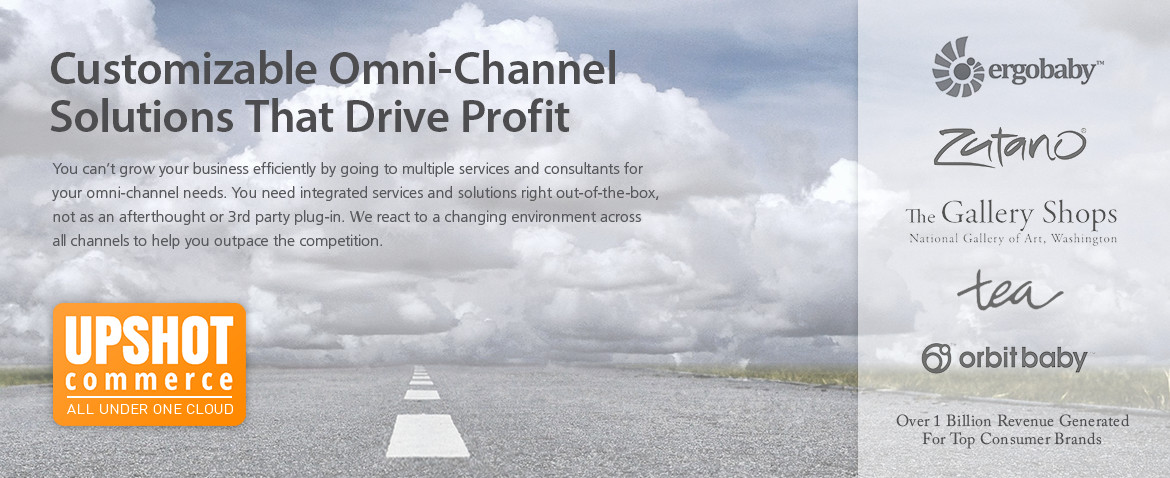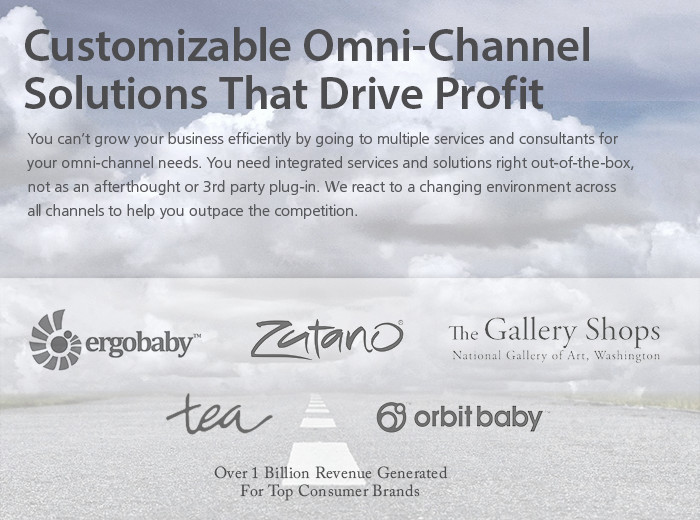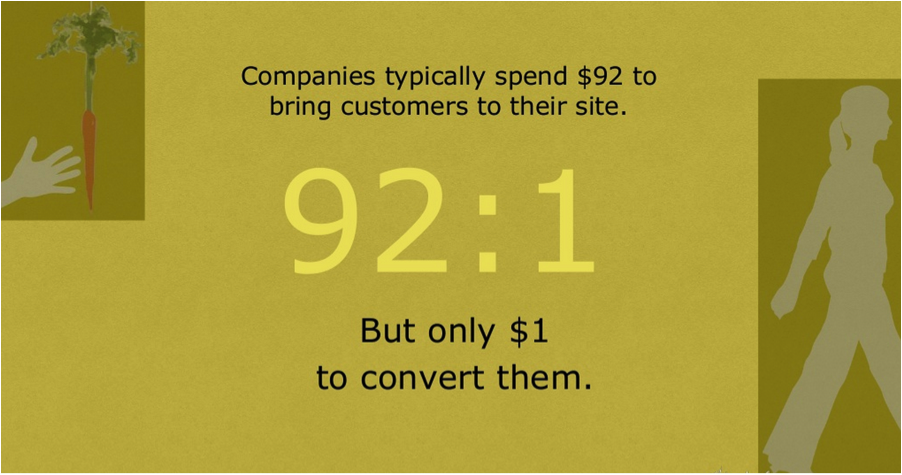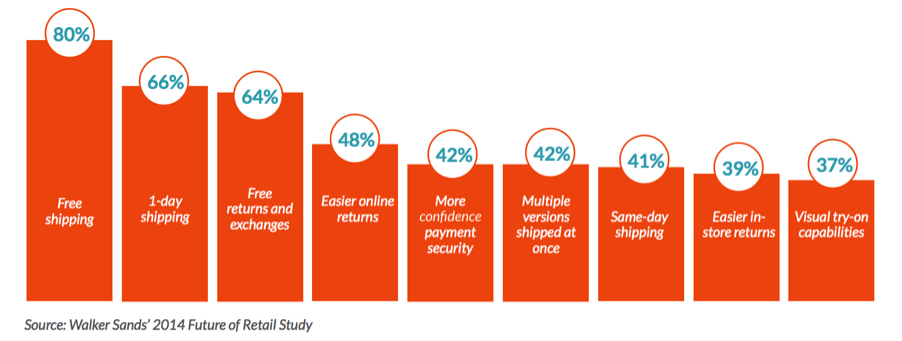Everything is becoming a machine. Marketing is a machine. We automate processes, campaigns, segmentations, customer acquisition, content distribution. We do landing page optimizations, Call-To-Action A-B testing, localizations and social monetizations. In e-commerce we make everything better, faster, more efficient, more profitable … hopefully.
This is all good as long as we remember the goal of e-commerce – any commerce really. At the end of the transaction a customer pays for a product and needs to be satisfied with both the product and how they got it. Because even the top conversion rate in the industry will not help you have a business next year, if today’s customers are consistently not happy with your product or how they bought it.
In e-commerce we concern ourselves with the “how”. We help businesses get that e-commerce machine running and at Upshot Commerce – we do that well. We also try to help businesses remember – behind each site visitor is a person and behind each conversion is a human being. So what are some of the things e-tailers can do to make sure they attract fans, not audiences?
Source: Bryan Eisenberg
Segmentation
Sometimes the answer can be very simple. Marketers do customer segmentation and we offer the tools to do it right. We can make it easy to treat that anonymous site visitor in a way that will turn them into a fan. How would you treat each visitor if you knew upon arrival where they came from? For instance – you probably want to serve different content for each of the following segments:
• direct visitors
• marketing referred
• search referred
• social media referred
• specific (landing) page referred
• newsletter referred
Ideally you want to design a special “path” for each segment. Think through what might have made them come to your door and how you could tweak your message to fit with their expectations. Then your fan-to-visitor ratio will explode.
Here are the top drivers for increasing of online spending from the 2014 Walker Sands’ Future of Retail Study
Personalization
What if you knew the name of the person who is on your site? Use it then. “Hi George! It’s good to see you again”. Generally people like to see and hear their names and this can bring more of this feeling of human connection. Go a step further – show them a message about the items in their wish-list. Are any of these items on sale for instance? Or if you don’t know the site visitor – offer a friendly greeting: “Welcome to our site! What can we help you with today?”
Social Integration
We live in the age of the 24/7-share cycle. Your customers are no exception –they like to share and increasingly they will share when they find a great product or a great site. So – use this – engage your visitors (or was it fans) and tell them about the new products that you love. Or measure and show what the other shoppers are buying – people like social validation for their choices. The same goes for product recommendations and with a platform like Upshot Commerce it is really easy to set up recommendations based on purchase history.
Abandoned shopping cart
Nearly 68% of online shoppers abandon their carts before checkout. No need to say this is a very large number. Does it make sense to ignore this, forget about it? What if they just got distracted – the dog ran outside and got in a fight with the neighbor’s cat … Well – a shopping cart is always an opportunity to re-connect in a friendly manner. Send a personalized email with their cart contents and ask if they’re still interested in any of these items. If you want to go a step further – offer a discount, or another incentive to buy. A well-targeted message can bring a lot of customers back and help turn them into fans, and may be they’d refer you to their friends. Just ask some of our customers.
So to wrap it up – while making sure that your e-commerce machine runs well for your metrics, remember to make it run better for the humans too. Turn your site visitors into fans and customers.
Tweetables
Sites spend $92 to bring traffic for every $1 they spend to convert this traffic into customers. Tweet this
When buying a product, 36% of consumers now turn to personal referrals, followed by trusted websites and email. Tweet this
67.45% of online shopping carts are abandoned before the shopper completes a sale. Tweet this




